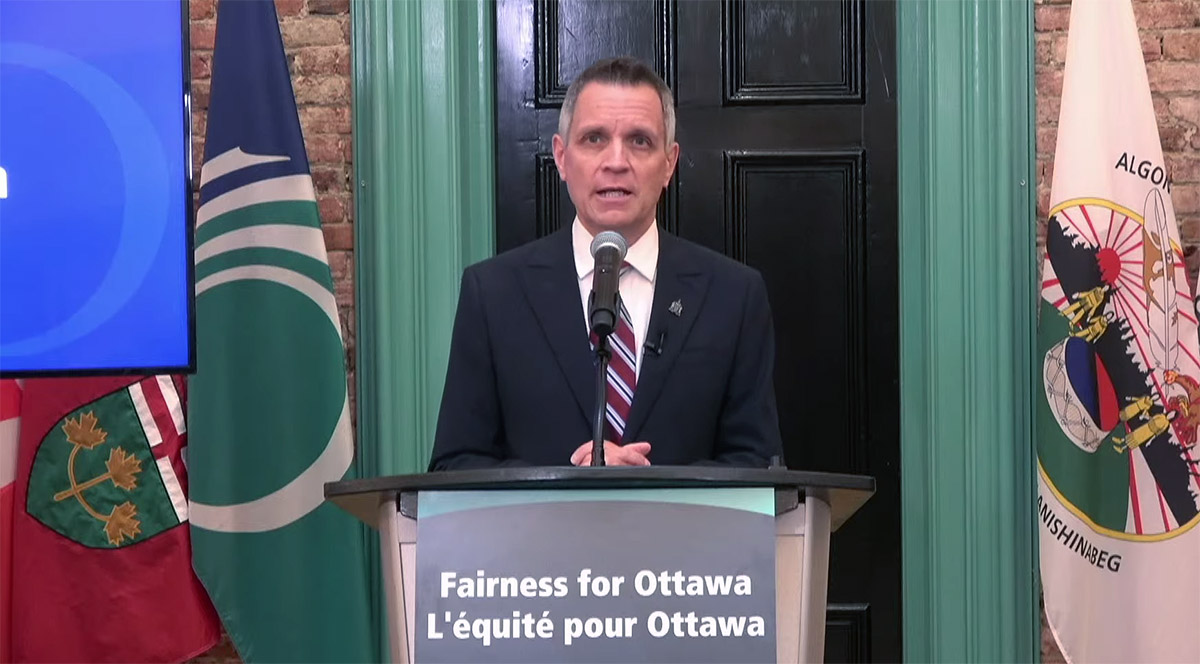
British Columbia’s Failed Healthcare Experiment
Paying Doctors More Did Not Improve Primary Care – and Cost the Province Hundreds of Millions of Dollars
Our first point of contact with the health system – often referred to as ‘primary care’ – should result in prompt and efficient care for our general health concerns, and coordinate our journey through the system when we need more specialized care.
That’s if things are working properly. Unfortunately, this isn’t always the case.
In the early 2000s, there was widespread concern across Canada that primary care was in decline. Walk-in clinics and emergency departments became the de facto point of care for patients who lacked timely access to a family doctor. Patients struggled to find doctors to take them on as regular patients.
Though British Columbia was not alone among Canadian provinces in recognizing the need for primary care reform, it was unique in its approach to solving the problem. BC’s chosen fix for primary care was based on the simple and appealing idea that we have to pay for what we want.
BC attempted to coax individual doctors to provide important primary care services (chronic disease management, mental health care and preventative care, for example) and discourage walk-in style practice by providing additional incentive payments within the public fee-for-service system.
In contrast, other provinces changed the structure and organization of primary care, moving toward team-based models of care and away from fee-for-service compensation for doctors. Other countries also implemented incentive payments for doctors, but unlike BC, these models were tied to reporting on performance.
The costliest incentive implemented under the BC program was a $315 annual payment made to doctors – on top of regular patient visit fees – for providing ongoing care for complex patients (someone with two or more qualifying chronic diseases). BC now spends more than $50 million each year on this single incentive and another $100 million on similar ‘extra’ payments for obstetrics, mental health care, preventive risk assessment and management of individual chronic diseases.
In a recently-published study in the Canadian Medical Association Journal, we investigated the effects of these complex care payments. We observed that two out of three eligible patients have these incentives billed for their care. However, we saw no change in the number of primary care visits patients received or in the continuity of their relationships with a regular doctor. Hospitalization rates did not go down.
From what we can see looking back, care remained the same, while costs went up.
More broadly, BC patients today still struggle to access quality primary care where and when they need it. Even patients with a doctor often resort to emergency departments and walk-in clinics because less than a third of BC doctors report having any other arrangements for after-hours care.
The incentive payments for doctors failed to achieve the stated goal of improving primary care for patients.
The incentive program improves compensation for physicians doing the important work of caring for patients with complex disease, but this was not the primary objective of the incentive program and incentives are not the only – or even best – way to pay doctors doing this work more fairly.
While the program was no doubt implemented with the best intensions, it reduces physician motivation to dollars billed, while doing nothing to address other practical and structural barriers to doctors providing quality, accessible primary care.
There is a new push for primary care reform in BC, this time embracing team-based models, which include nurses, pharmacists and other service providers to help improve accessibility, quality and efficiency of care. This is exciting, but there are lessons to be learned from the failed experiment with incentive payments.
The incentive-based programs were planned by the Ministry of Health and representatives from Doctors of BC (then the BC Medical Association), which helps explain their focus on the activities of individual physicians.
This time around, before spending billions, we need to agree on what success looks like, and monitor progress from the start. Some approaches may not work, and that’s okay – even expected – as long as a lack of effect is recognized and acted on quickly.
We need to measure performance in real-time against clear goals and accept ongoing change as a necessary part of doing better, rather than thinking a one-time course correction is enough.
Most importantly, we need to broaden the team that is involved in choosing reforms to include Health Authorities, nurses and other service providers – and patients. All are necessary to delivering primary care and so all should have a hand in shaping it.
 Kimberlyn McGrail is an expert advisor with EvidenceNetwork.ca and an Associate Professor in the School of Population and Public Health at UBC.
Kimberlyn McGrail is an expert advisor with EvidenceNetwork.ca and an Associate Professor in the School of Population and Public Health at UBC.
 Ruth Lavergne is an Assistant Professor in the Faculty of Health Sciences at Simon Fraser University.
Ruth Lavergne is an Assistant Professor in the Faculty of Health Sciences at Simon Fraser University.









